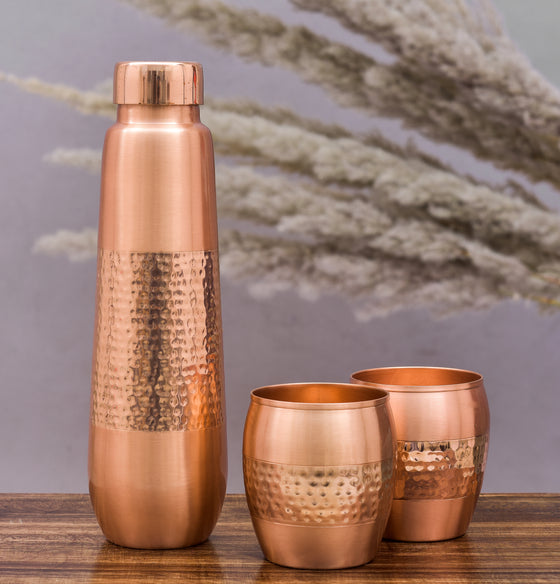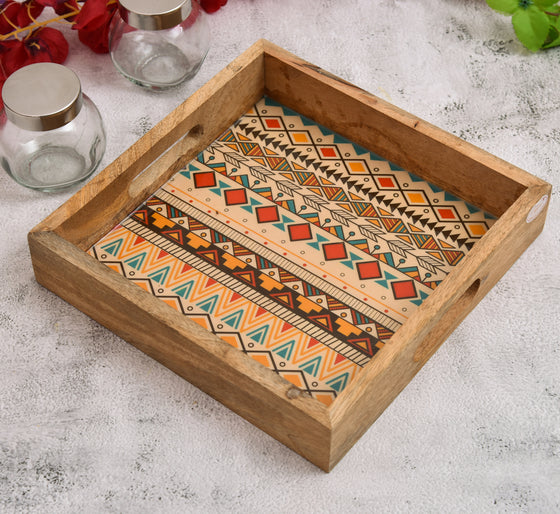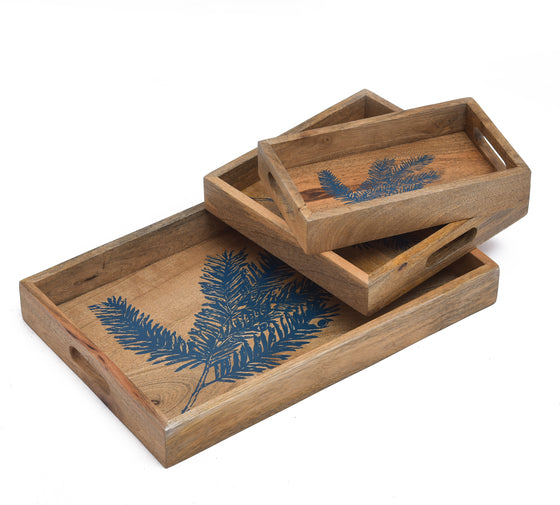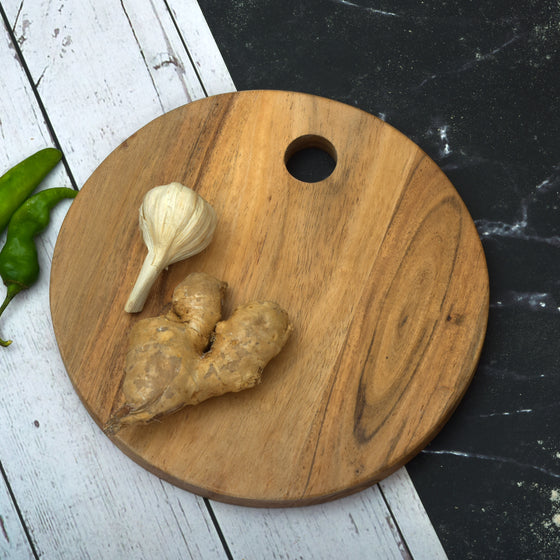Ultimate FAQ Guide to Wooden Chopping Boards
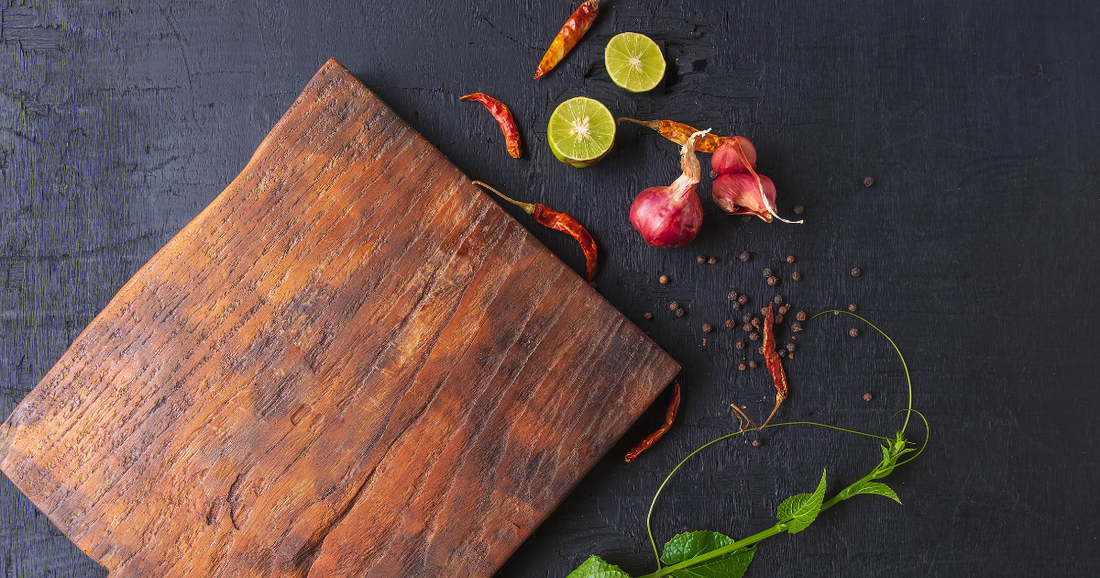
Wooden chopping boards are essential kitchen elements because they deliver function and longevity with stylish design. Any person interested in cooking needs a quality wooden chopping board for their kitchen work. We outline answers to key questions regarding wooden chopping boards to help you grasp their essential features as kitchen essentials.
1. Why Choose a Wooden Chopping Board Over Other Materials?
Wooden chopping boards are widely used because they show longevity and create pleasant aesthetics while supporting knife use. Here are some reasons to choose a wooden cutting board:
-
Gentle on knives: A wooden surface protects knives by preventing them from acquiring dull edges like glass or ceramic materials.
-
Natural antibacterial properties: Hardwood boards featuring mango or acacia as materials have tight grains, which reduce bacterial penetration.
-
Eco-friendly: Wooden cutting boards from bamboo and reclaimed timber categories show environmental sustainability.
-
Longevity: Wooden chopping boards are long-lasting because they require appropriate maintenance. They regularly outlast plastic chopping boards in their lifespan.

2. What Types of Wood Are Best for Chopping Boards?
The correct choice of wooden cutting board depends heavily on what kind of wood you select for use. The best woods for chopping boards are:
-
Mango: A dense, hard wood with a smooth surface and tight grain.
-
Mixwood: Its combination of natural beauty and lasting properties includes a gentle touch feel.
-
Acacia: Affordable, durable, and resistant to water.
-
Bamboo: Due to its grasslike nature, bamboo is an ecological material that maintains long-lasting strength.
Avoid softwoods such as pine because their surface scars quickly and lack long-term durability.
3. How Do You Properly Clean a Wooden Chopping Board?
Special treatment during cleaning for wooden chopping boards ensures both premium longevity and prevents twisting deformations in the material. Follow these steps:
-
Wipe down immediately after use: Wash the board with soapy, warm water using a sponge.
-
Avoid soaking: Soaking your wooden cutting board in water is strictly prohibited because water warping and cracking might occur.
-
Dry thoroughly: Use a clean towel to stand the board upright while allowing complete air drying.
-
Sanitise occasionally. Vinegar mixed with water is a stain-removing solution, and lemon juice combined with salt can also remove unpleasant odours.
4. Can a Wooden Chopping Board Be Used for Raw Meat?
Yes, but with caution. Wooden cutting boards protect raw meat because their natural wood fibres capture bacteria and make them disappear. A separate board dedicated to raw meat use should be consistently implemented, or the board will require complete sanitisation after each use. Treating wood boards with hydrogen peroxide or vinegar will help remove dangerous bacteria.
5. How Do You Prevent a Wooden Chopping Board from Cracking?
Preventing cracks in your beautiful wooden chopping board requires regular maintenance:
-
Oil regularly: The cutting board requires water-based treatment, which involves using food-safe minerals or beeswax approximately every three weeks.
-
Avoid extreme temperatures: Direct sun exposure, dishwashers, and hot water must never contact your board.
-
Use both sides: Peel the board vertically once in a while so wear shows fairly across its surface.

6. What Is the Best Oil for Maintaining a Wooden Chopping Board?
Choose food-grade penetration oil that sinks lovingly into the wood for optimal wooden chopping board protection. Popular options include:
-
Mineral oil: Affordable, widely available, and effective.
-
Beeswax or wax-based conditioners: Protective material improves your board's finish protection.
-
Coconut oil (refined) blocks spoilage while delivering an exceptional moisture barrier.
-
Specialty wood oils: This cutting board solution has been specifically engineered for boards while maintaining safety during food preparation.
Cooking oils like olive oil should be avoided because they become rancid and create an unpleasant odour.
7. How Long Does a Wooden Chopping Board Last?
Superior wooden chopping boards can be expected to last if they are correctly cared for 5 to 10 years, with additional years expected from superior wooden chopping boards when you maintain proper care. The lifetime of your cutting board can increase significantly when you regularly apply adequate oil and keep it clean from misuse by preventing knife contact.
8. How Do You Remove Stains and Odors from a Wooden Chopping Board?
Timed wooden chopping boards eventually become discoloured while developing smells that cannot be eliminated. Here’s how to tackle them:
-
Stains: Apply a layer of coarse salt or baking soda over the cutting board, using the juice from half a lemon to absorb smells. Rinse with warm water.
-
Odours: Sprinkle green vinegar or bicarbonate of soda to neutralise challenging food odours, such as garlic and onions.
9. Can You Sand a Wooden Chopping Board?
Yes! You can recoup a wooden board's smooth surface through sanding when knife scars and noticeable stains appear. When sanding your board, use fine-grit sandpaper ranging from 120 to 220 grit with proper motion following the grain direction. After sanding, The surface needs cleaning before adding another layer of mineral oil for protective sealing.
10. Are Wooden Chopping Boards Dishwasher-Safe?
Dishwashers harm wooden chopping boards, as prolonged exposure to heat and water causes warping and cracking. Always handwash your board instead.

11. How Do You Store a Wooden Chopping Board?
A drying spot with no sunlight exposure or heat should be the location for your wooden chopping board setup. A clean surface with a board, either flat or upright, will help prevent warping behaviour from occurring. Scorch the board through heating before storage because it protects against mould and mildew.
Conclusion
Wooden chopping boards by Oggn Home represent an enduring investment in practical kitchen use and hygiene maintenance while enhancing the appearance of your workspace. By selecting sturdy wood specimens and following proper care routines, as described in this advice, your wooden chopping board can achieve centre status in your kitchen aesthetics. Any cutting, serving, or dicing work will benefit from a high-quality wooden chopping board with proven longevity.
